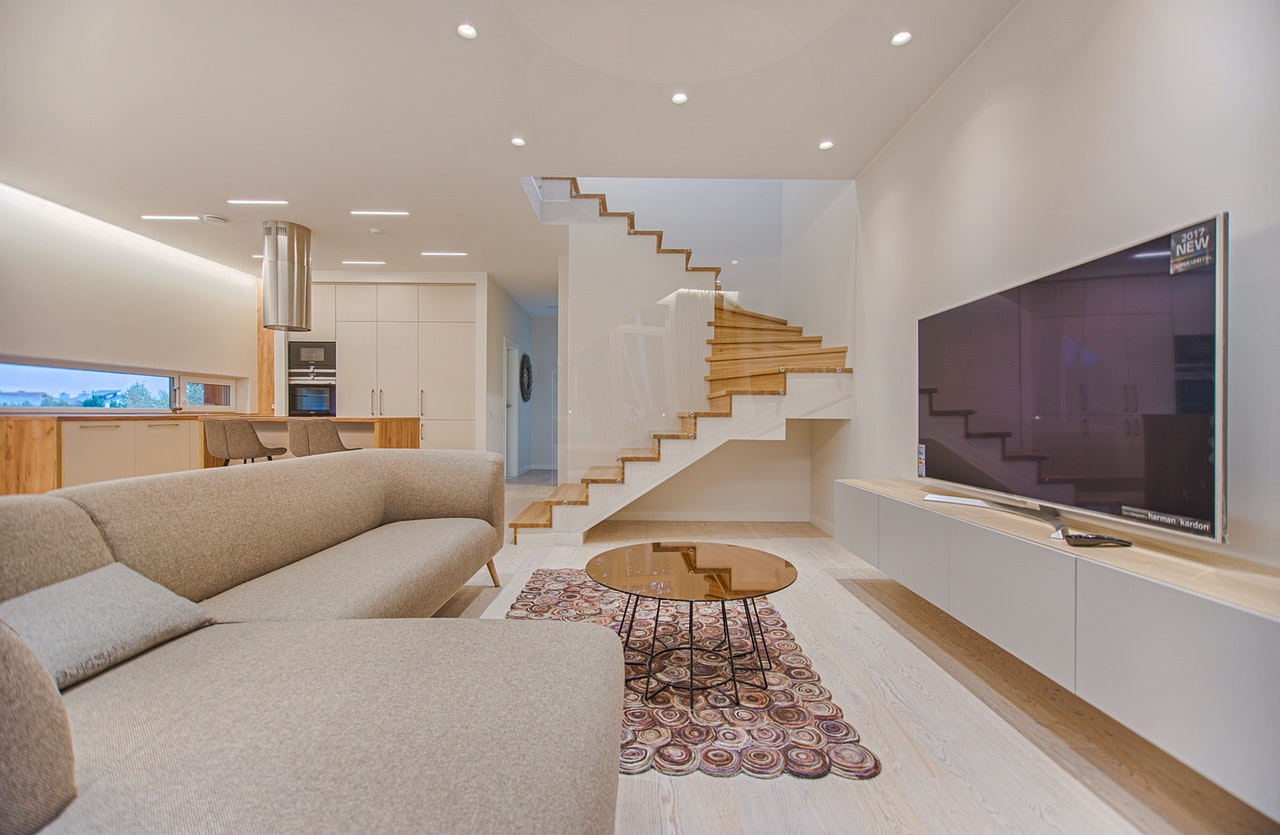Individuals and families spend a great deal of time inside their homes. As such, this space has a direct effect on one’s physical and mental health. Social interactions also flourish or diminish based on how a person sees their home.
Designing a home should not depend on a person’s whims alone. Instead, some components should be present for a happier and healthier shelter. Here are some inspirations.
Designate a Calm Area
Even in one’s home, one can feel overwhelmed when there is too much going on around. A calm area is a sanctuary where a person can retreat when they feel stressed or drained.
One example is a minimalist corner where you can enjoy solitude. A modern home rug made of wool can make this space comfortable. Soft floor cushions and a stack of your favorite books can complete the Zen experience.
Calm does not always equate to doing nothing. Your calm area may also be a hobby room complete with all your needed materials. As you create something, you will feel yourself letting go of the built-up tension inside you.
Emphasize Nature
Biophilic design, in simple terms, means bringing the outdoors in. The positive impact of nature on a person’s well being is undeniable. Thus, having elements of nature inside your home promotes better health.
The easiest method to achieve this design is to have indoor plants. A green wall is also a great idea. If you want to go deeper, you can touch on other aspects of nature. You can use natural materials such as wood and stones in some of your rooms. Recreating nature sounds such as chirping birds or the whisper of a soft breeze can also do wonders. You can never go wrong with incorporating a water feature inside your home for a soothing effect.

Set the Noise Level
People’s tolerance for noise varies. But it is safe to say that continued exposure to unpleasant sounds is detrimental to one’s well-being. Noise can disrupt sleep and produce changes in a person’s moods and perception. For some, noise is a stress trigger.
A simple way to combat this is to choose well the materials for your home. Heavy doors are better than hollow ones in deflecting noise. Also, heavy curtains, soft rugs, and carpets can absorb unpleasant sounds. Wooden furniture set against a wall serves as barriers to the sounds from the adjacent rooms.
Having the ability to do something about the noise around you not only brings peace. It also gives you a sense of control. This simple act can give your mental health a great boost.
Incorporate Proper Lighting
The right amount of light can set the energy of a person. When a place is too dim, a person may feel lethargic. Thus, it is essential to regulate the light that goes inside your home. Having access to natural sunlight is helpful for one’s productivity. Sunlight is also associated with cheerfulness. As much as it is possible, design your home in a way that you can enjoy natural light for the more significant part of the day.
But you must also strike a balance when it is time to sleep. Many people struggle in getting a proper shut-eye because of an overly-bright bedroom. Find the lighting that will signal your body that it is time to rest. The right amount of light affects your circadian rhythm.
Go with Aesthetics
Beauty inspires love, happiness, and comfort. Most people associate beauty with art forms. If it is your preference, you can fill your home with beautiful art forms. The most famous examples are paintings of landscapes and seascapes. Such artworks produce calming effects.
But make sure that you do not go heavy with aesthetics. Too much can overwhelm the senses and create a heavy feeling. It is best to have a central theme with your art forms, or you may settle with a single stunning piece.
Note Spaces
How you put together a room can affect your mood while you are in it. A crowded and cluttered room can make you feel suffocated. An empty one can invoke a sense of listlessness. Thus, you must be aware of how much you put inside a room. An open layout can also encourage interaction among family members. A cluttered room is also home to dirt and germs that bring illnesses.
The design of a home is essential to one’s general well-being. Being conscientious of certain elements will translate to a healthier and happier individual. All aspects will come together. These aspects will then positively influence a person’s body, mind, emotions, and connections.